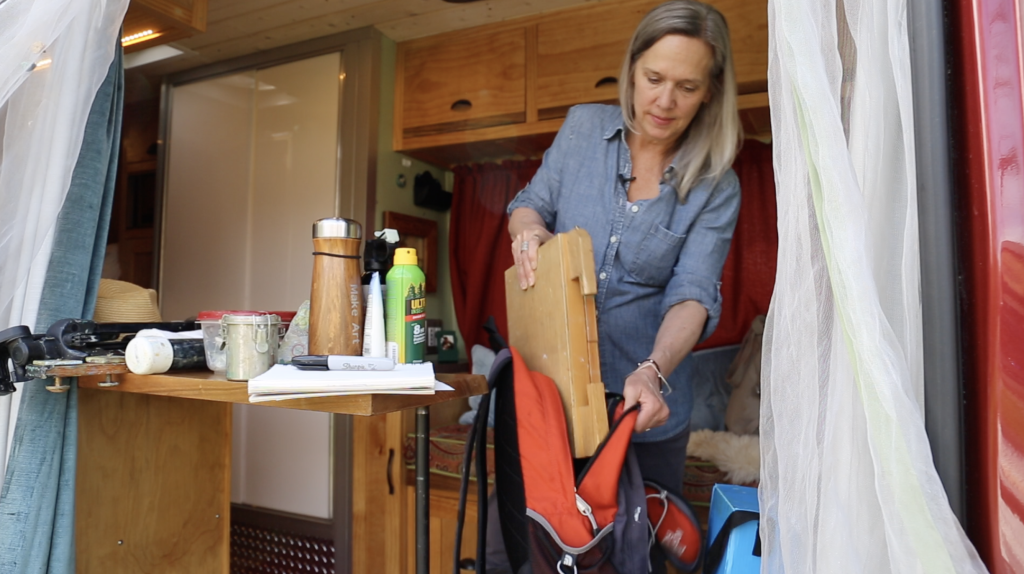Plein-air
Plein-air is a french term that refers to a style of impressionist paintings from the 19th century that were created in the ‘open’ air. The term is used broadly these days to mean ‘painting outside’.
Painting en plein-air is the direct response to your experience of being in nature, feeling it, breathing it, and painting it. It is your interpretation of how you experience the poetry of being outdoors. It is worth the added effort to get yourself out there.

“While it is necessary that the painter look for visual qualities in nature, he needs also to sense attributes which are beyond vision. The power is given to him to feel the mystery and charm of fleeting clouds; the immensity and depth fo the blue skies and atmospheric distances; the grace and rhythm of living and expanding trees and other growths; the nobility, grandeur and strength of mighty peaks; the endless movement and vitality of the sea and its forms.” Edgar Payne
The first time I saw Edgar Paynes work I knew he could feel this ‘mystery and charm’. I knew I could feel this mystery and charm. I could stand in nature and absorb all of its power through my eyes, and my ears. I could smell the earth. I could breath it in and out, but I still couldn’t translate it with that same intensity through oil paint. I wanted to though, oh, how I wanted to. I don’t know why it was so important, but it was. It still is. I’ve learned so much over the years and the process has been invigorating, and at times frustrating because it wasn’t moving fast enough to keep up with my desire. I am still learning and growing. Understanding the basics has given me more room to grow and experiment, and it has removed much of the frustration for me. Perhaps I’m just getting older and I’m more calm at heart. Perhaps I have found the poetry – not only in nature, but in myself.
Be comfortable and be prepared.
The first few times you tackle painting outside, make it easy on yourself. There are added elements out there, so give yourself the advantage of being prepared and setting yourself in a place where you feel perfectly comfortable and safe. Somewhere without a lot of distractions is best. People are curious by nature – that’s what keeps life interesting. They will stop and talk and ask questions, and offer their thoughts, and perhaps event want to tell you a story about someone in their family who paints, or about how they always wanted to learn how to paint. It’s human nature, and sometimes the interactions are delightful and you may even sell a painting to an onlooker, but it can also be distracting. In the beginning go somewhere that you can focus on your painting and not worry about the rest of it.
A few things to consider:
- where is the closest restroom?
- how far do you have to carry your gear?
- if you don’t have an umbrella, where can you find shade for a few hours?
- It is also wonderful to go explore with other painters and have some company out there, but remember the focus is on being in nature and painting. A person who verbalizes through the entire experience is missing the point, so don’t hesitate to set those boundaries if your painter friend is a chatty patty.
Be prepared with these items:
- Gear: your easel, tripod if needed, plein-air umbrella (you can also find shade, but having an umbrella gives you more flexibility)
- Supplies: paints, brushes, palette knife, brush cleaner (is it full of miner spirits or running low), paper towels, garbage bag, canvas, sketch pad, pencil or sharpie.
- Other helpful/necessary supplies; a Leatherman multi-tool for stuck caps, etc., bug spray, bear spray, sunscreen, baby wipes (helps clean up your hands before you get paint all over your steering wheal), water, a snack, a camera (incase it starts raining or you want reference photos for a larger piece).
- Clothing: close toed shoes/boots, a sun hat, a jacket.

